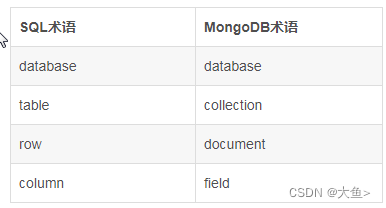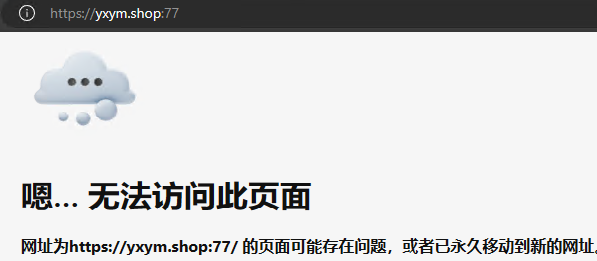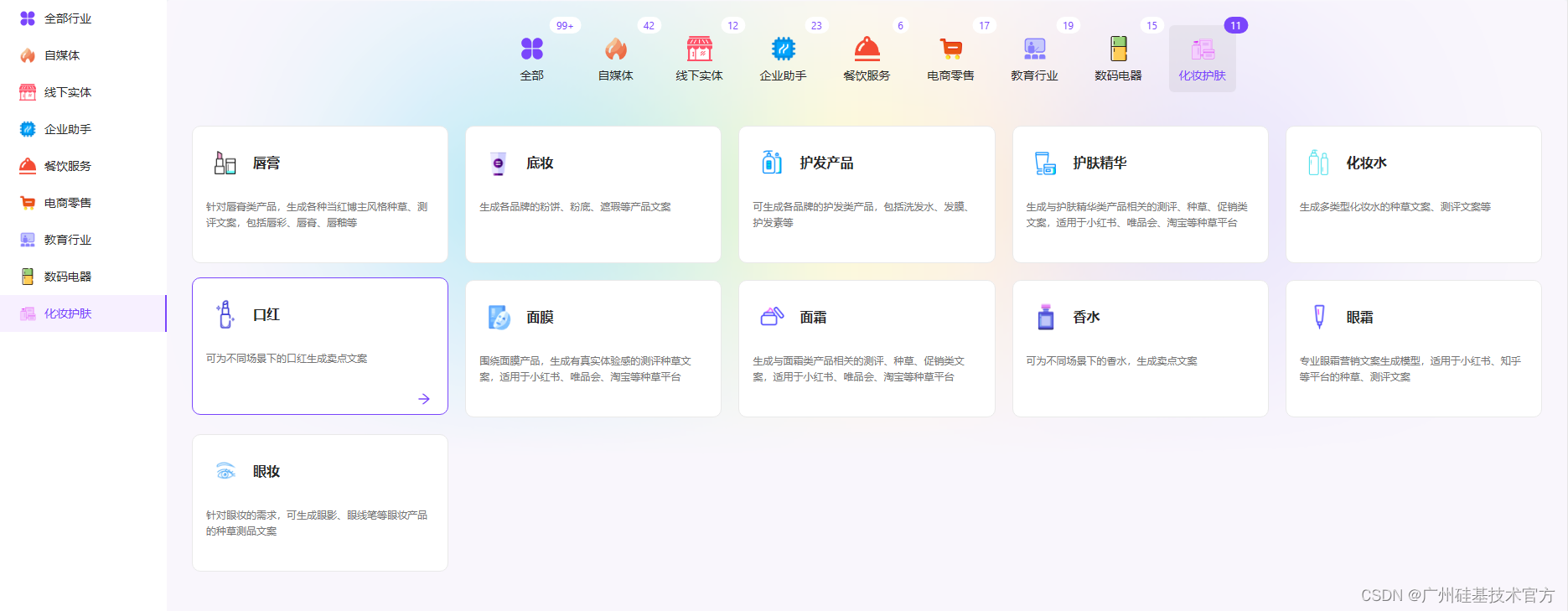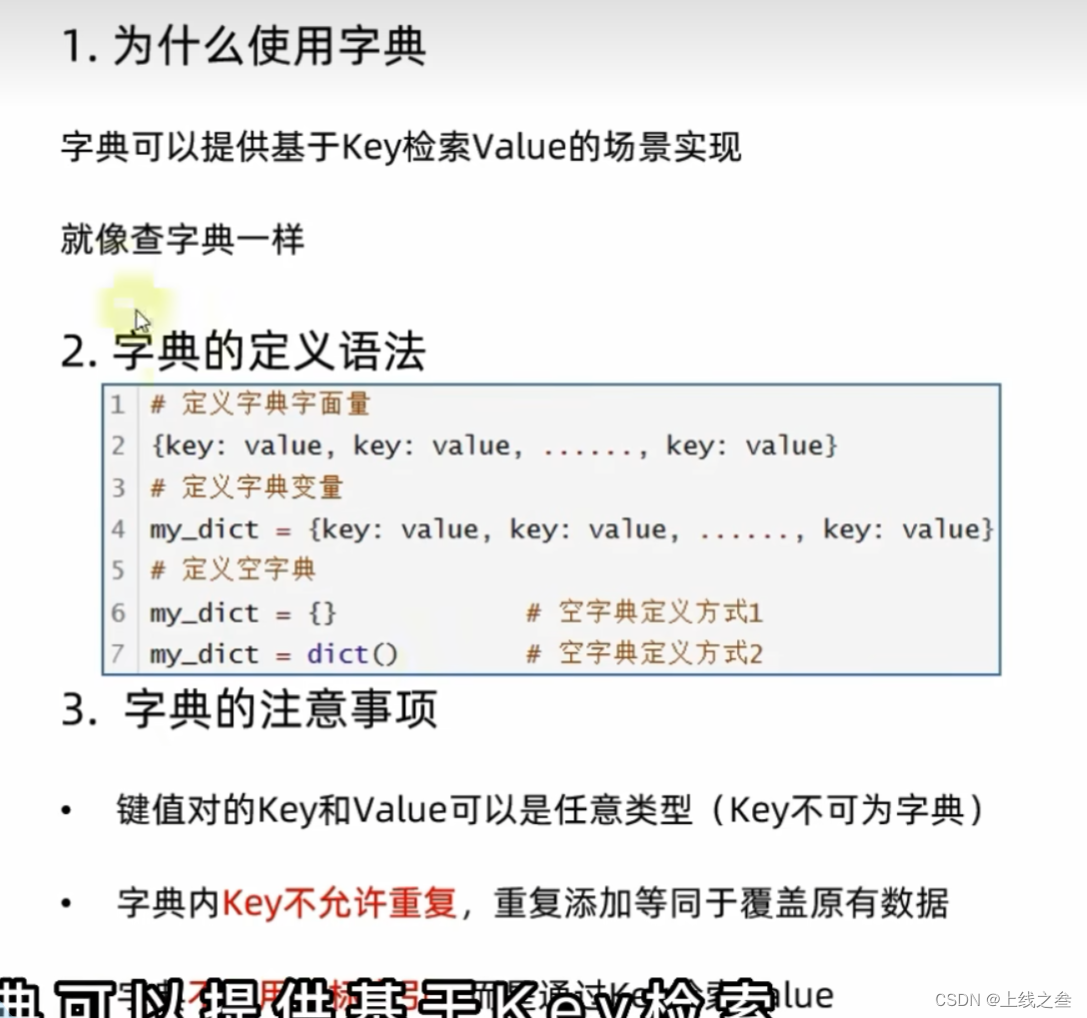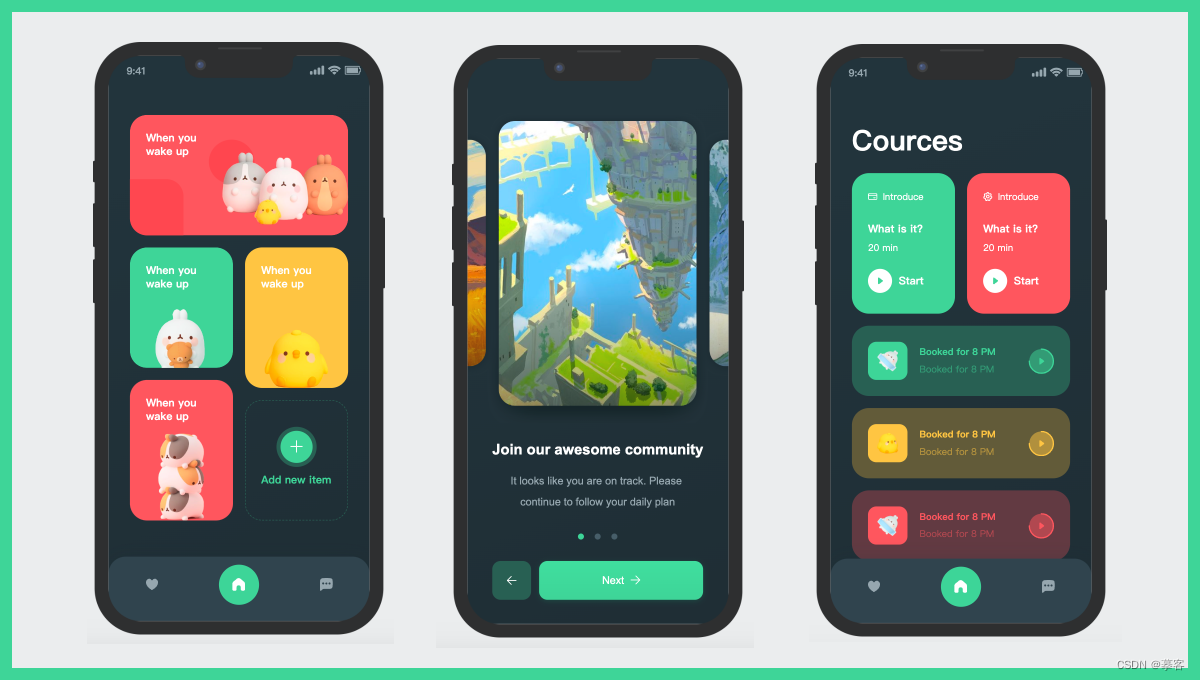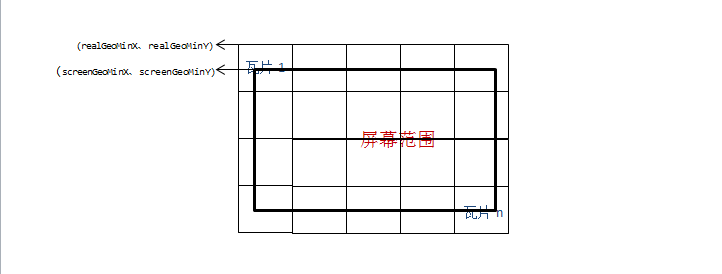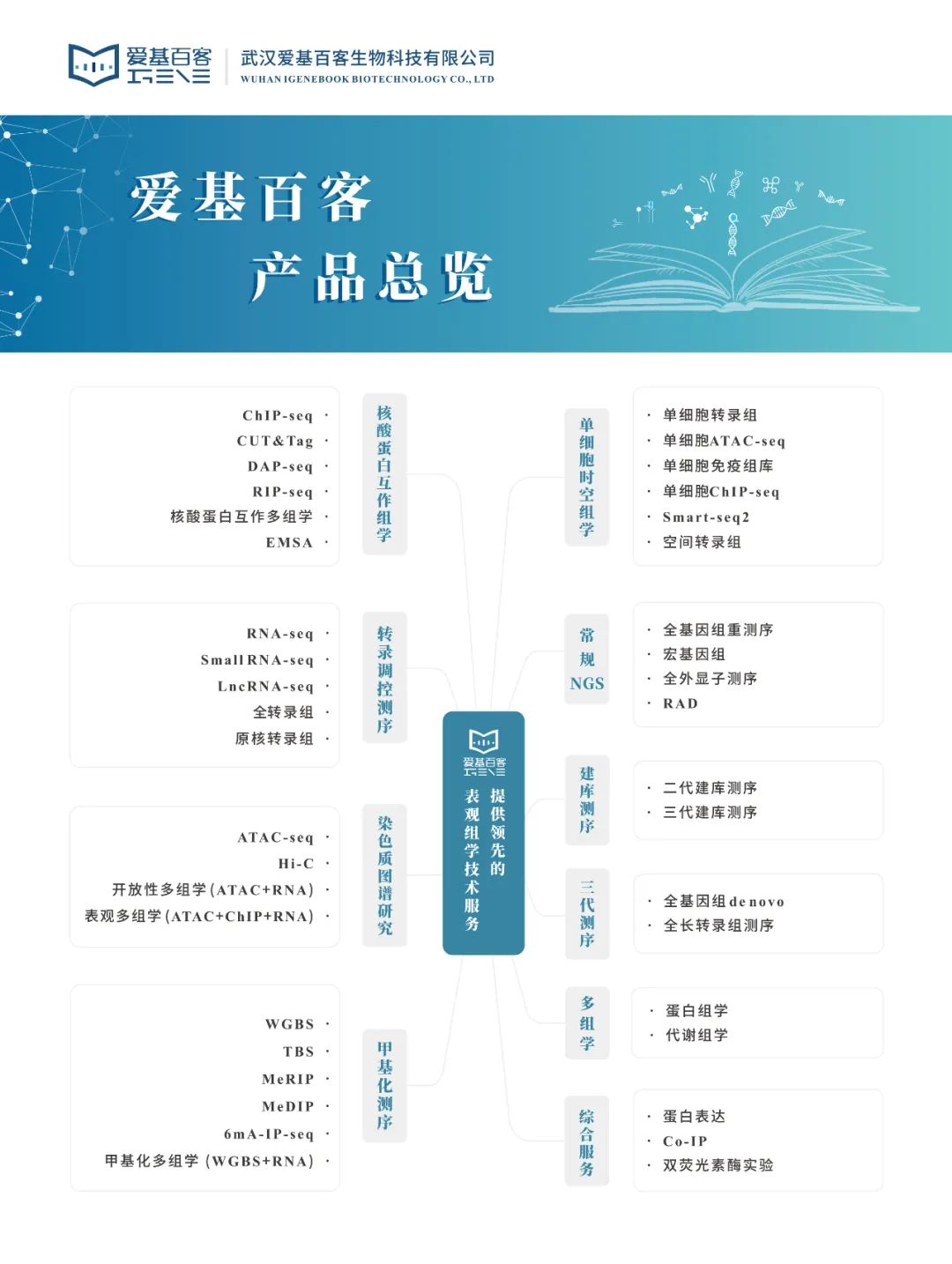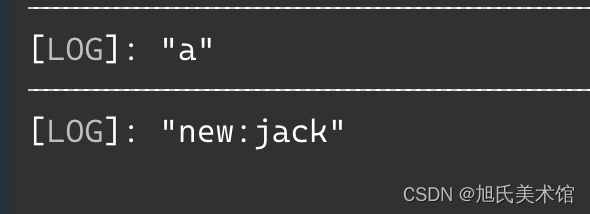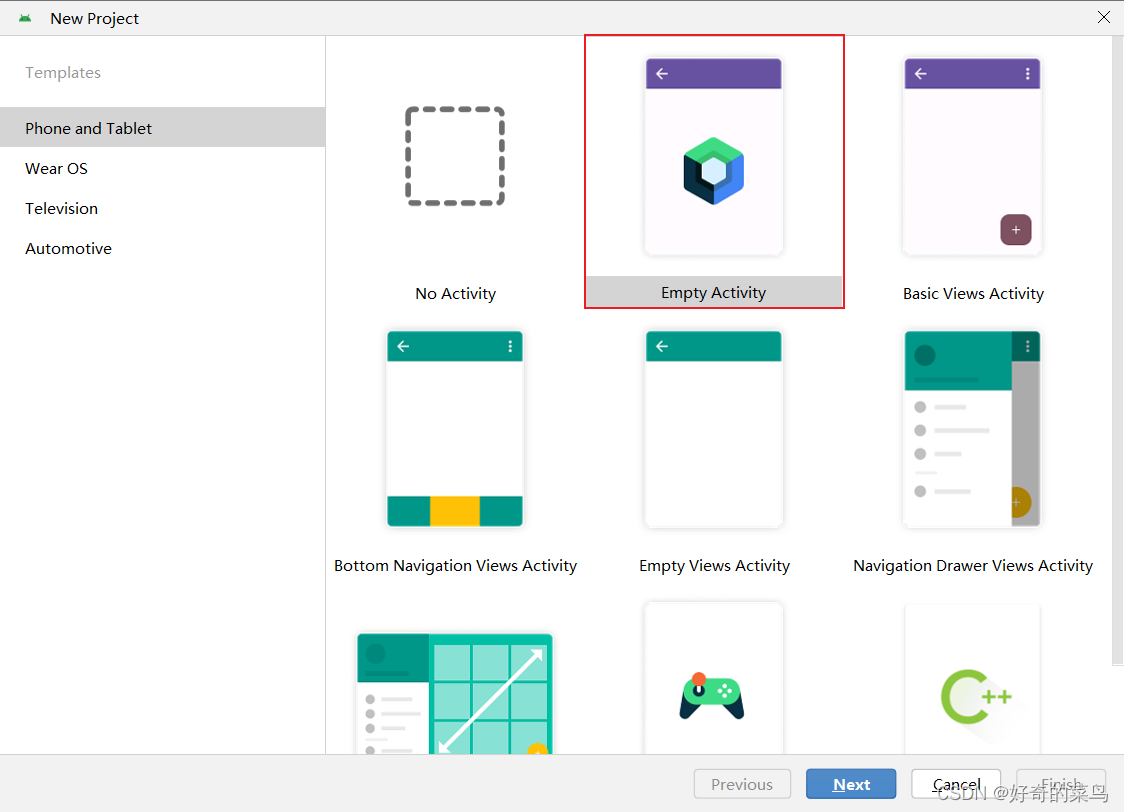本篇文章是关于我的项目的关注模块的开发。
关注模块的开发实现了用户之间的关注功能和关注列表的展示。通过使用相应的服务类处理关注和取消关注操作,并利用用户服务类获取用户信息,实现了关注功能的存储和查询。同时,通过触发关注事件,实现了关注操作的异步处理。在控制器类中,处理了关注和取消关注的请求,并展示了用户关注的人列表和粉丝列表。该模块的开发使得关注功能具备了高效、可靠和可扩展的特性,为用户之间的关联和互动提供了支持。

我们先来写RedisKeyUtil这个文件。
上篇文章其实已经写过这个了,里面也写了关注的数据放在Redis中,这里就不再赘述。
然后写service层。
@Service
public class FollowService implements CommunityConstant {
@Autowired
private RedisTemplate redisTemplate;
@Autowired
private UserService userService;
public void follow(int userId, int entityType, int entityId) {
redisTemplate.execute(new SessionCallback() {
@Override
public Object execute(RedisOperations operations) throws DataAccessException {
String followeeKey = RedisKeyUtil.getFolloweeKey(userId, entityType);
String followerKey = RedisKeyUtil.getFollowerKey(entityType, entityId);
operations.multi();
operations.opsForZSet().add(followeeKey, entityId, System.currentTimeMillis());
operations.opsForZSet().add(followerKey, userId, System.currentTimeMillis());
return operations.exec();
}
});
}
public void unfollow(int userId, int entityType, int entityId) {
redisTemplate.execute(new SessionCallback() {
@Override
public Object execute(RedisOperations operations) throws DataAccessException {
String followeeKey = RedisKeyUtil.getFolloweeKey(userId, entityType);
String followerKey = RedisKeyUtil.getFollowerKey(entityType, entityId);
operations.multi();
operations.opsForZSet().remove(followeeKey, entityId);
operations.opsForZSet().remove(followerKey, userId);
return operations.exec();
}
});
}
// 查询关注的实体的数量
public long findFolloweeCount(int userId, int entityType) {
String followeeKey = RedisKeyUtil.getFolloweeKey(userId, entityType);
return redisTemplate.opsForZSet().zCard(followeeKey);
}
// 查询实体的粉丝的数量
public long findFollowerCount(int entityType, int entityId) {
String followerKey = RedisKeyUtil.getFollowerKey(entityType, entityId);
return redisTemplate.opsForZSet().zCard(followerKey);
}
// 查询当前用户是否已关注该实体
public boolean hasFollowed(int userId, int entityType, int entityId) {
String followeeKey = RedisKeyUtil.getFolloweeKey(userId, entityType);
return redisTemplate.opsForZSet().score(followeeKey, entityId) != null;
}
// 查询某用户关注的人
public List<Map<String, Object>> findFollowees(int userId, int offset, int limit) {
String followeeKey = RedisKeyUtil.getFolloweeKey(userId, ENTITY_TYPE_USER);
Set<Integer> targetIds = redisTemplate.opsForZSet().reverseRange(followeeKey, offset, offset + limit - 1);
if (targetIds == null) {
return null;
}
List<Map<String, Object>> list = new ArrayList<>();
for (Integer targetId : targetIds) {
Map<String, Object> map = new HashMap<>();
User user = userService.findUserById(targetId);
map.put("user", user);
Double score = redisTemplate.opsForZSet().score(followeeKey, targetId);
map.put("followTime", new Date(score.longValue()));
list.add(map);
}
return list;
}
// 查询某用户的粉丝
public List<Map<String, Object>> findFollowers(int userId, int offset, int limit) {
String followerKey = RedisKeyUtil.getFollowerKey(ENTITY_TYPE_USER, userId);
Set<Integer> targetIds = redisTemplate.opsForZSet().reverseRange(followerKey, offset, offset + limit - 1);
if (targetIds == null) {
return null;
}
List<Map<String, Object>> list = new ArrayList<>();
for (Integer targetId : targetIds) {
Map<String, Object> map = new HashMap<>();
User user = userService.findUserById(targetId);
map.put("user", user);
Double score = redisTemplate.opsForZSet().score(followerKey, targetId);
map.put("followTime", new Date(score.longValue()));
list.add(map);
}
return list;
}
}
这段代码是一个名为FollowService的服务类,用于处理关注相关的操作。它通过注入RedisTemplate和UserService来处理关注逻辑和用户信息的获取。
该服务类提供了一系列方法来处理关注操作,包括关注用户、取消关注、查询关注数量、查询粉丝数量、查询是否已关注、查询关注的用户列表和查询粉丝列表等功能。
在关注和取消关注的方法中,通过使用SessionCallback和multi()方法,实现了将多个Redis操作放入一个事务中,保证了操作的原子性。
在查询关注的用户列表和粉丝列表的方法中,通过使用opsForZSet().reverseRange()方法,从Redis的有序集合中按照分数逆序查询指定范围的元素,并将结果封装成Map对象,包含用户信息和关注时间。
整个服务类通过使用RedisTemplate提供的方法,操作Redis中的数据,实现了关注功能的存储和查询。
该服务类的设计使得关注模块的操作实现了高效、可靠和可扩展的特性,同时通过依赖注入的方式,提高了代码的灵活性和可维护性。
最后写controller层。
@Controller
public class FollowController implements CommunityConstant {
@Autowired
private FollowService followService;
@Autowired
private HostHolder hostHolder;
@Autowired
private UserService userService;
@Autowired
private EventProducer eventProducer;
@RequestMapping(path = "/follow", method = RequestMethod.POST)
@ResponseBody
public String follow(int entityType, int entityId) {
User user = hostHolder.getUser();
followService.follow(user.getId(), entityType, entityId);
// 触发关注事件
Event event = new Event()
.setTopic(TOPIC_FOLLOW)
.setUserId(hostHolder.getUser().getId())
.setEntityType(entityType)
.setEntityId(entityId)
.setEntityUserId(entityId);
eventProducer.fireEvent(event);
return CommunityUtil.getJSONString(0, "已关注!");
}
@RequestMapping(path = "/unfollow", method = RequestMethod.POST)
@ResponseBody
public String unfollow(int entityType, int entityId) {
User user = hostHolder.getUser();
followService.unfollow(user.getId(), entityType, entityId);
return CommunityUtil.getJSONString(0, "已取消关注!");
}
@RequestMapping(path = "/followees/{userId}", method = RequestMethod.GET)
public String getFollowees(@PathVariable("userId") int userId, Page page, Model model) {
User user = userService.findUserById(userId);
if (user == null) {
throw new RuntimeException("该用户不存在!");
}
model.addAttribute("user", user);
page.setLimit(5);
page.setPath("/followees/" + userId);
page.setRows((int) followService.findFolloweeCount(userId, ENTITY_TYPE_USER));
List<Map<String, Object>> userList = followService.findFollowees(userId, page.getOffset(), page.getLimit());
if (userList != null) {
for (Map<String, Object> map : userList) {
User u = (User) map.get("user");
map.put("hasFollowed", hasFollowed(u.getId()));
}
}
model.addAttribute("users", userList);
return "/site/followee";
}
@RequestMapping(path = "/followers/{userId}", method = RequestMethod.GET)
public String getFollowers(@PathVariable("userId") int userId, Page page, Model model) {
User user = userService.findUserById(userId);
if (user == null) {
throw new RuntimeException("该用户不存在!");
}
model.addAttribute("user", user);
page.setLimit(5);
page.setPath("/followers/" + userId);
page.setRows((int) followService.findFollowerCount(ENTITY_TYPE_USER, userId));
List<Map<String, Object>> userList = followService.findFollowers(userId, page.getOffset(), page.getLimit());
if (userList != null) {
for (Map<String, Object> map : userList) {
User u = (User) map.get("user");
map.put("hasFollowed", hasFollowed(u.getId()));
}
}
model.addAttribute("users", userList);
return "/site/follower";
}
private boolean hasFollowed(int userId) {
if (hostHolder.getUser() == null) {
return false;
}
return followService.hasFollowed(hostHolder.getUser().getId(), ENTITY_TYPE_USER, userId);
}
}
上面这段代码是一个名为FollowController的控制器类,用于处理关注相关的请求。它通过注入FollowService、UserService、HostHolder和EventProducer来实现关注功能和获取用户信息。
该控制器类提供了关注和取消关注的请求处理方法,其中:
follow()方法用于处理关注请求。它获取当前登录用户信息,调用followService的follow()方法进行关注操作,并触发关注事件。unfollow()方法用于处理取消关注请求。它获取当前登录用户信息,调用followService的unfollow()方法进行取消关注操作。getFollowees()方法用于获取用户关注的人列表。它根据用户ID获取用户信息,设置分页信息,调用followService的findFollowees()方法获取关注的人列表,并将结果封装到模型中。getFollowers()方法用于获取用户的粉丝列表。它根据用户ID获取用户信息,设置分页信息,调用followService的findFollowers()方法获取粉丝列表,并将结果封装到模型中。

